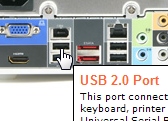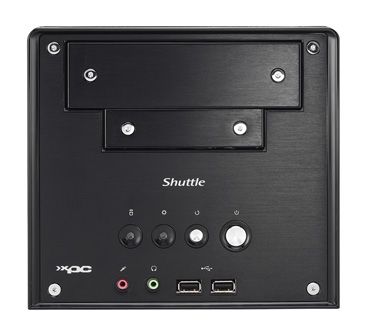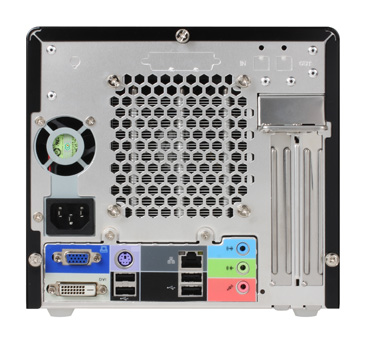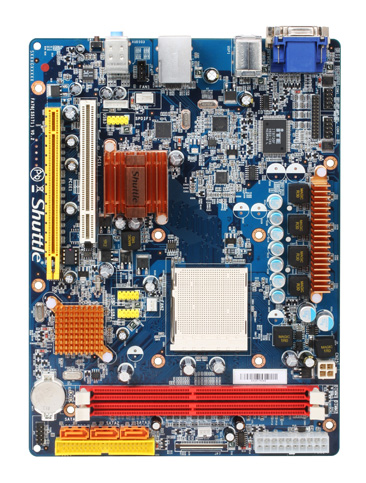 |

|
|
 |
|
|
Products | |
 |

Hotspot information for Shuttle XPC Barebone SA76G2
 Product views with descriptions

Please move your mouse to the three product images to learn more about connectivity on the front and back panel.
| Frontpanel: |
Backpanel: |
|

|

|
| Mainboard: |
|
|

|
| |
 |
|
| |
|
 |
|
 |
 |
 |
|
|
|
| Cercare |
 |
|
|
|
|
|
| Informazione collegata |
 |
 |
|
|
| Shuttle Newsletter |
 |
 |
|
|
|
Dove acquistare |
 |
|
|
|
 |
| La newsletter di Shuttle, inviata su richiesta, presenta le novità dal mondo Shuttle. | |
|
|
|
 |